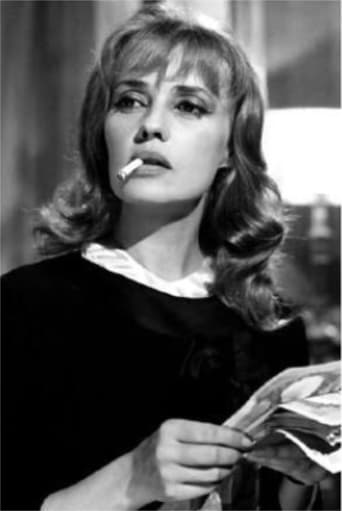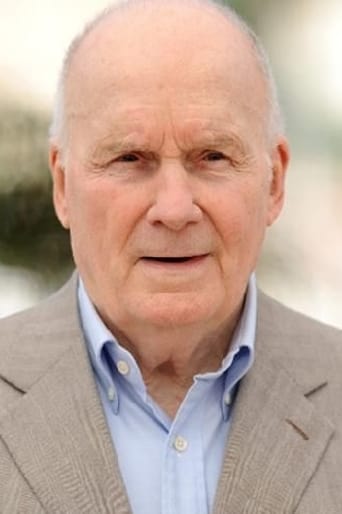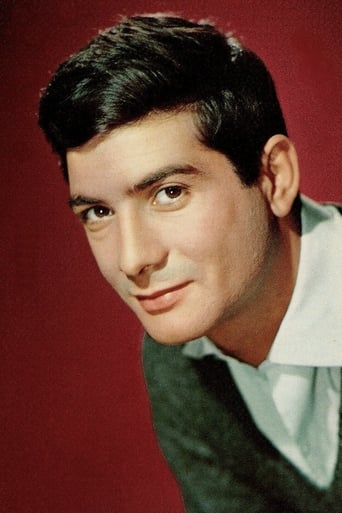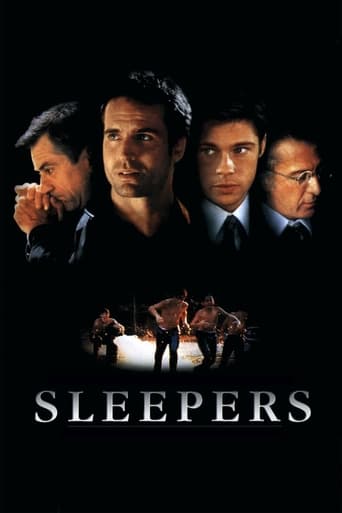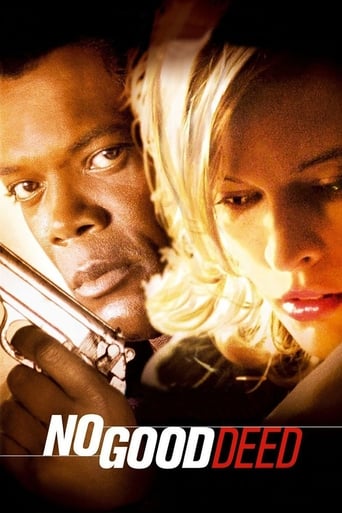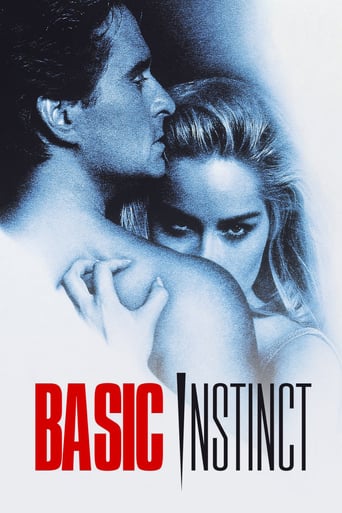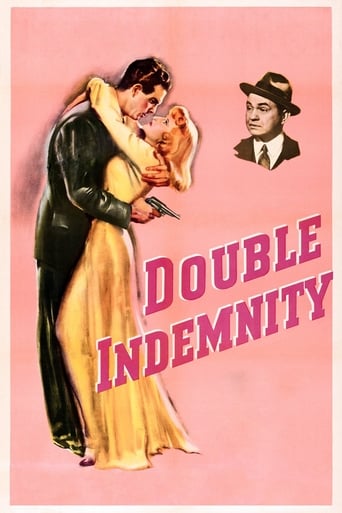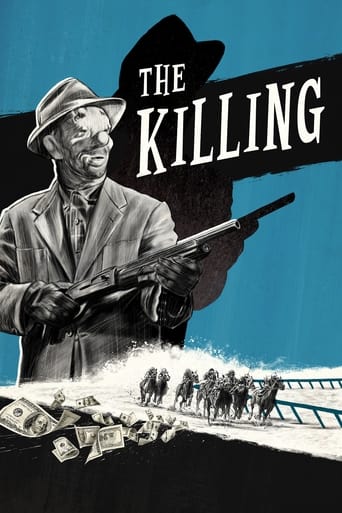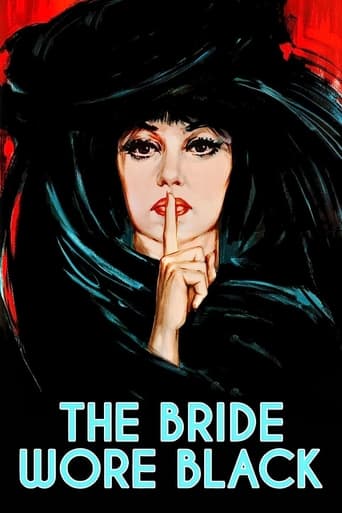
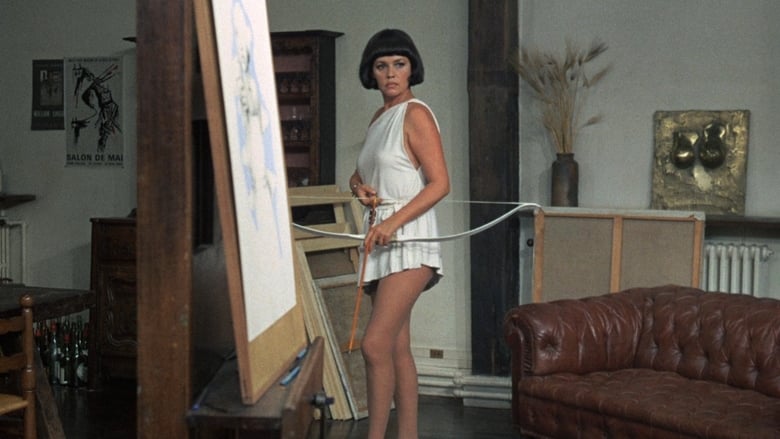
The Bride Wore Black (1968)
Julie Kohler, whose husband was inexplicably shot dead on the church steps after their wedding, is prevented from suicide by her mother. She leaves the town to track down, charm and kill five men who do not know her.
Watch Trailer
Cast


Similar titles
Reviews
Truffaut doing Hitchcock is pure delight. I would even say I prefer it to some Hitchcock films because Truffaut has better views on certain issues and it showed here. The film is absolutely satisfying and quite creative with the varying... methods, shall we say, by the protagonist. It's incredible how rare a film involving this story line could end this great, and I love Truffaut for indulging the audience and giving us what we want (though I can only speak for me of course).
Truffaut making a film as an homage to Hitchcock is inherently interesting, since they were both such legends. This story is about a young woman (Jeanne Moreau) who was widowed on her wedding day when her husband was killed accidentally by five guys messing around with a rifle; she then seeks to kill them one by one, in revenge. She does this in some pretty unbelievable ways unfortunately, though the way she goes about the killing at the end was creative and a nice touch. Moreau is captivating, the dialogue is fun and in keeping with 1968 France, and Truffaut is a master at capturing great shots - but I have to say, he didn't match Hitchcock in creating tension or emotional drama, so this film ends up being a bit 'too cool', and thus falls short. It's certainly worth watching if you like these directors though.
I was looking forward to viewing this film but came away feeling quite hollow. The main problem for me is the hard-to-believe plot - Julie does not display any outstanding "people skills" or womanly wiles but is able to insinuate herself into the lives of the five men she is after with all the ease in the world - it seems all she has to do is appear and the men fall over themselves to accept her and do what she says.In addition, as another reviewer has pointed out, a major hole in the plot is how she managed to track down the five men - this is never explained, probably because the viewer is expected to blindly believe she has done it somehow and concentrate on the revenge she carries out.I would have expected in 1968 that film makers had far better special effects at their disposal than the childish sounds of the thunderstorm that have been used.The last guy she kills (presumably) in the prison - why is he still wearing the clothes he was arrested in when every other prisoner is in black prison uniform, even Julie, who went to prison after he did? There would have been far more subtle ways of making sure that the viewer recognised him.
A bridegroom killed at the church and a bride who ruthlessly hunts down those responsible. It is not a unique theme and has appeared in Kill Bill and elsewhere. Truffaut's minimalist rendering mixes film noir with an apparent homage to Hitchcock in a way that invites Freudian analysis. Jeanne Moreau, as the deadly female, shows an emotional range without detracting from her cold-bloodied mission.The film opens with a sound like a train clattering over tracks. When the image comes into view, we see it is actually a printing press, making dozens of copies of a picture of Julie (Moreau), naked to the waist. Shortly afterwards, we see her frustrated suicide attempt. She then pretends to board a train to Paris, but exits before it leaves, secretly crossing the tracks.As she hunts down the men on her list, the past is gradually revealed in flashback. Both from her point of view and theirs.The Bride Wore Black is beautifully photographed and employs a no-nonsense score by Bernard Herrmann (Psycho, Marnie, The Birds). There are other nods to Hitchcock in the editing and the love/obsession, sex/death themes, but the film is still firmly Truffaut. He plays fast and loose with plot holes, leaving the viewer to fill in large amounts of detail, such as Julie's detective work. Continuity never puts reality on a pedestal. For instance, although we must assume a thunderstorm conveniently hides the shouts and banging of one of Julie's victims from a child sleeping upstairs, the garden and pathway outside show no signs of a storm in the morning. But Truffaut allows us to see much of the beautifully constructed mise-en-scene as symbolic rather than slavishly joining the dots. An aerial shot of children reunited with their teacher, mirrors aerial shots of Julie's wedding, reminding us of the children she never had. Her occasional monologues give us ample material to construe the story as a tale of repressed sexuality whereas later offerings such as Tarantino's avenging bride are more concerned with outer details, or an inner story that will be revealed later.Julie is a virgin. She 'waited' for her childhood sweetheart, David, only to be deprived of sexual fulfilment on the day they are wedded. After attempting suicide ("They wouldn't let me die so I went back to the church"), her frustration leads her to a 'righteous anger', fuelled and justified by her faith. "What were you seeking her?" the priest asks her. "The strength to continue," she replies. "You gave it to me, in spite of yourself." Feminist film theorists have often pointed out that psychoanalysis as a discourse tends to oppress women, but here the blame is shifted to the Roman Catholic Church, whose repressive doctrine sows the seeds of Julie's breakdown. Julie projects her own demons onto the men she entraps. They are all womanisers. She dangles a carrot of sexual fulfilment before them only to rip it away by death. But unlike the usual femme fatale, she is not a sexually active Lilith. She is not to be 'controlled' by male protagonists most of the men are weak anyway. Her religious attitude has divested her of sexual freedom, as much as if she had been raped. And she wants revenge.Julie inveigles herself into an artist's studio. There she poses as Diana, the ancient goddess of hunting who has sworn herself to chastity. The artist's bathroom floor is covered with a three-dimensional carpet of breasts. Removing her shoes, Julie 'tramples' this symbol of nurturing underfoot.The Bride Wore Black is a great story, however flawed. Moreau, in spite of playing a cold-blooded killer, shows empathy to children (when it suits her plans), compassion to a schoolteacher falsely accused, and even lets us inside her misery for a moment. "I only listen to David," she cries, in a close-up of her tear-stained face. She is totally trapped inside her world. That there are no enduring likable characters in the film encourages us to feel for her. She at least believes in what she is doing. (A few years later, Moreau would reprise some of these 'womanly killer' assets as she teaches them to her protégé in La Femme Nikita).The lack of characters that we can truly empathise with is a weakness. The storytelling can also seem too simplistic, and even if Truffaut ramps up the tension and mystery towards the end, it can often seem contrived. The addition of some basic clues on how Julie discovers the identity of her victims would not go amiss. But for Truffaut fans or those new to his work, the crisp photography, bold performances and winning directorial style may more than make up for any cracks elsewhere.A little humour is even squeezed in before the plot twists move us firmly back to post-noir territory."Do you know why the Chinese never use this little finger?" asks the artist, stroking her cheek with his champagne-covered digit. She shakes her head. She is determined to resist him. "Because it's mine," he grins.


